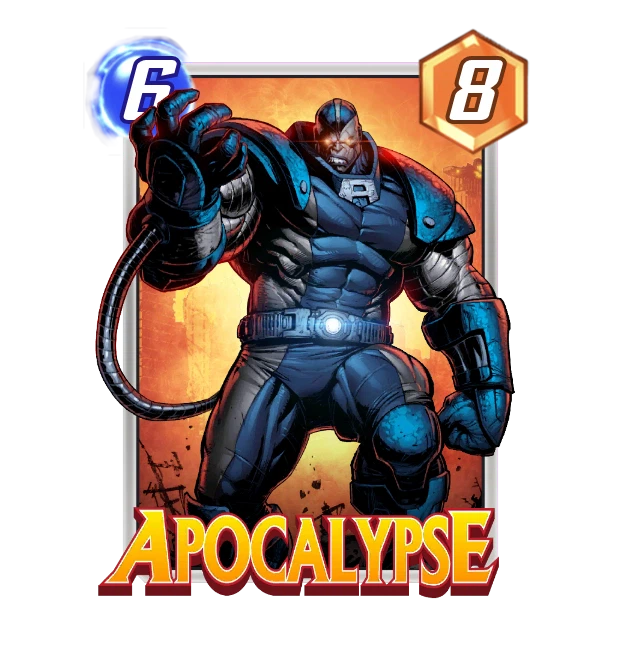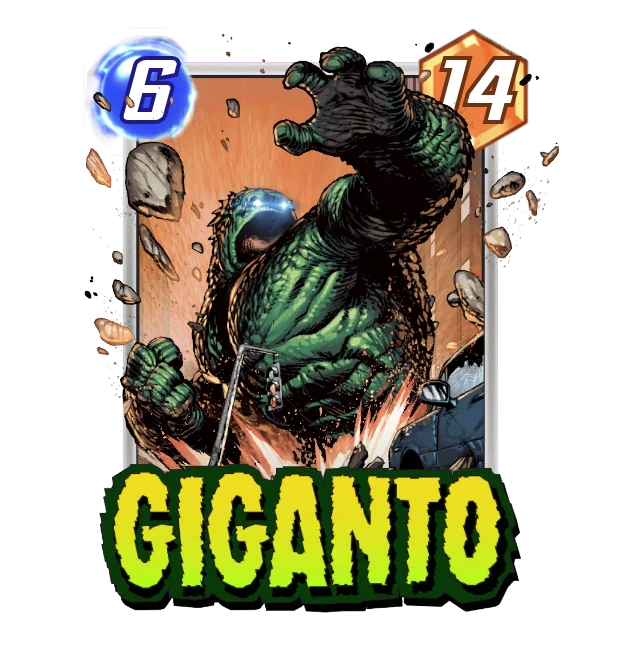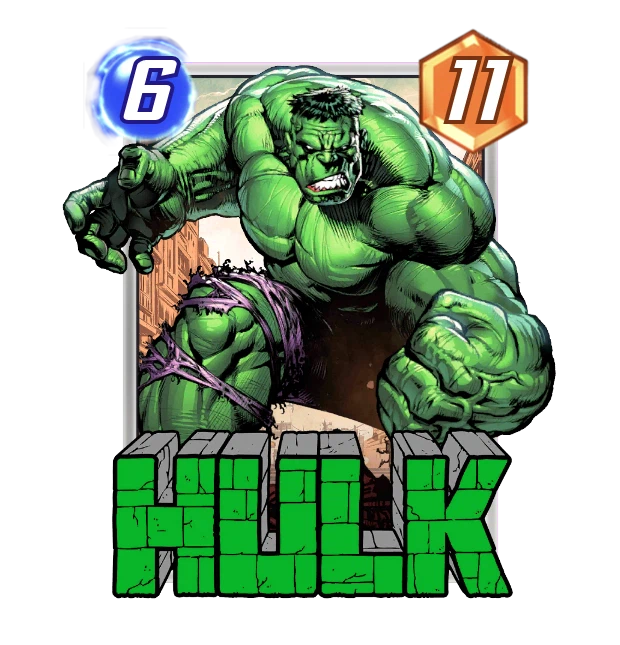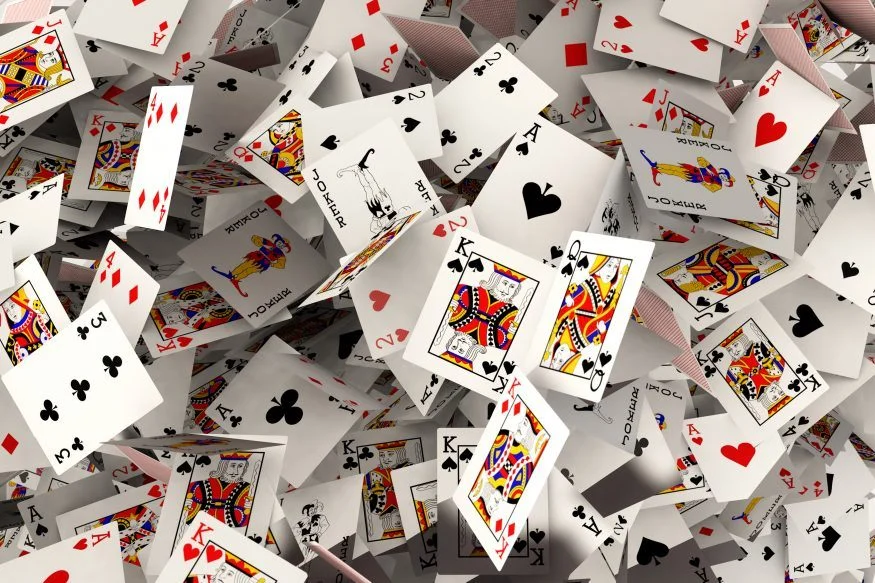Today we’re gonna talk about a concept that is well-known to card game players, but can be a bit obscure for new or casual players, Draw Consistency.
And for that, we’re gonna take as our main example a card from the new Marvel Snap game : America Chavez.

I wrote an overview of Marvel Snap here, if you want to catch up.
According to marvelsnap.io, at the time of the writing, America Chavez is the most commonly used card, present in roughly 41% of more than 400 different decks. That card was considered so good, that it got hit by a nerf recently, its power reduced from 10 to 9, making it kind of average for its cost.
Hulk, considered to be the vanilla 6-cost card, tops it at 11 power, and most other 6-costs either have less power but a great ability, or way more power but a steep condition/downside to navigate.




–So if the stats are not great, why is that card in so many decks ? , I hear you ask.
First of all, Miss Chavez is in the first pool of cards you can earn, making it super easy to get. It could explain why it’s played that much. New players maybe don’t have that many good 6 cost cards.
But Hulk ( with better stats, remember) is also in pool 1, and even easier to get and is in only 8% of the decks.
–Ok so if it’s not the stats nor the availability, it must be the card ability, then ?
It must be, so let’s look at it :
You always draw this card on turn 6, and not before.
–Huh ? That’s it ?
Yep.
So let’s investigate why it’s so good, and I’ll start with a question : When is the best time to draw a 6-cost card ( which you can only play in the last turn in Marvel Snap ) ?
If you draw a 6-cost card in, lets say, your opening hand , that can be both an advantage, and a downside.
First it’s a downside because it takes a slot in your hand for 5 turns before you can play it, so you could want to have one more playable option available to play in the first 5 turns.
Worst, sometimes you might find yourself without anything to play on turn 3 for instance because you somehow drew all of your 4, 5 and 6 cost cards.
In games like Hearthstone, where you build a board of minions, not drawing your low cost cards at the beginning is a huge downside, as your opponent can develop their game uncontested . They could even kill you and win the match before you can even play your big cards.
In Marvel Snap, the impact is a bit less because if you miss a turn, you *just* lost a chance to get power to a location, but it can still cost you the game.
To minimize those bad draws, players usually build their deck with a “mana curve” in mind, usually putting more low cost cards than big ones, and making sure their energy/mana is utilized to its fullest.
It can also be an advantage to have your 6-cost card in hand in some cases, especially when that card is a finisher with a big ability. If you know you are guaranteed to play your big trump card, you will make different plays to capitalize on its strengths.
For instance, if you have Apocalypse in your hand ( featured above ) in your discard deck, you know you can start to discard cards in your hand hoping to hit Apocalypse, making it bigger and bigger each time. If you draw Giganto, you will keep a spot open in the left location as it can only be played there, etc.
With all that in mind, the answer to the previous question, when is the best time to draw a 6 cost card ? Well for a card with no ability when you play it, the answer is : the sooner you can play it, so on turn 6, which is exactly what the text on America Chavez says.
But that’s not all !
– It’s not ?!
It’s even better than that, because you know you will consistently get America and her 9 power on turn 6 so you can even plan a bit around that, so it’s like having the advantage, without the downside. That’s why the card stats are not that good, because if they were, it would just be overpowered.
But that’s not all !
– Ugh, what now ?
Just having this card in your deck improve the consistency of drawing all of the other cards.
Think about it.
If you can’t draw a card before turn 6, it means that on every other draw of the game before that, it’s like you only have 11 cards instead of 12 in your deck.
That means that instead of each draw having a 1/12 ( 8% ) chance of giving you a specific card, you now have a 1/11 ( 9 % chance ).
A 1% chance increase doesn’t seem like much of a gain, but stats are tricky and can snowball quickly.

Let’s say you have a super over powered 4 cost card that you really, really, want to play on turn 4, what’s the probability that you have it in your hand by turn 4, with no other draws than the 3 of your starting hand, plus one a turn ?
Don’t worry, I’ll break it down for you.
So on turn 4 you have drawn 7 cards ( 3 for the starting hand, plus 1 for each turn ).
Each one having a 1/12 chance of being the one you want.
So that’s 7 * 1/12 = 7/12 = a 58% chance.
Not bad !
So let’s do the same but with America Chavez in the deck.
That’s 7 * 1/11 = 7/11 = 63.5 % chance ! 5.5 % more !
NB : the actual formula should use hypergeometric probabilities, but because we only want 1 card the math somehow simplifies and we get the same result with this basic formula. You can try inputting 12, 1, 7 , 1 and 11, 1, 7, 1 in the calculator if you want to check.
In most card games , the draw is your main source of randomness.
So the more you can reduce that variance by improving the consistency of your deck, meaning improving the chance to get the cards you want to play, the more chance you have to win the game because you’ll get better plays offered to you.
Of course, you can still play very badly and lose, improving those possibilities doesn’t improve your skills, but it’s still a nice bonus.
And that draw consistency consideration can be the cause or a side effect of a lot of other features in card games.
That’s why you can remove/exhaust cards in deckbuilding roguelite like Slay the Spire, or even board games like Dominion, because it allows you to draw your better cards more easily.
That’s why Hearthstone allow two copies of the same card in a deck, because it increases your chances of drawing a card by a lot, and in opposition it’s why cards that ask you to decrease your deck consistency on purpose have powerful effects. Like Reno Jackson that requires your deck to only have one copy of each card.

That’s why most card game offer a mulligan, which is the feature that lets you select cards in your starting hand you don’t want, put them back into the deck, and then draw that many again.
In conclusion, improving draw consistency is one of the most powerful tool you can have in a card game, and lots of them have different features and rules that let you play with it.
If you already knew all that, well, it’s nice of you to have read until the end, and if you didn’t, I hope you can put that new knowledge to good use.
